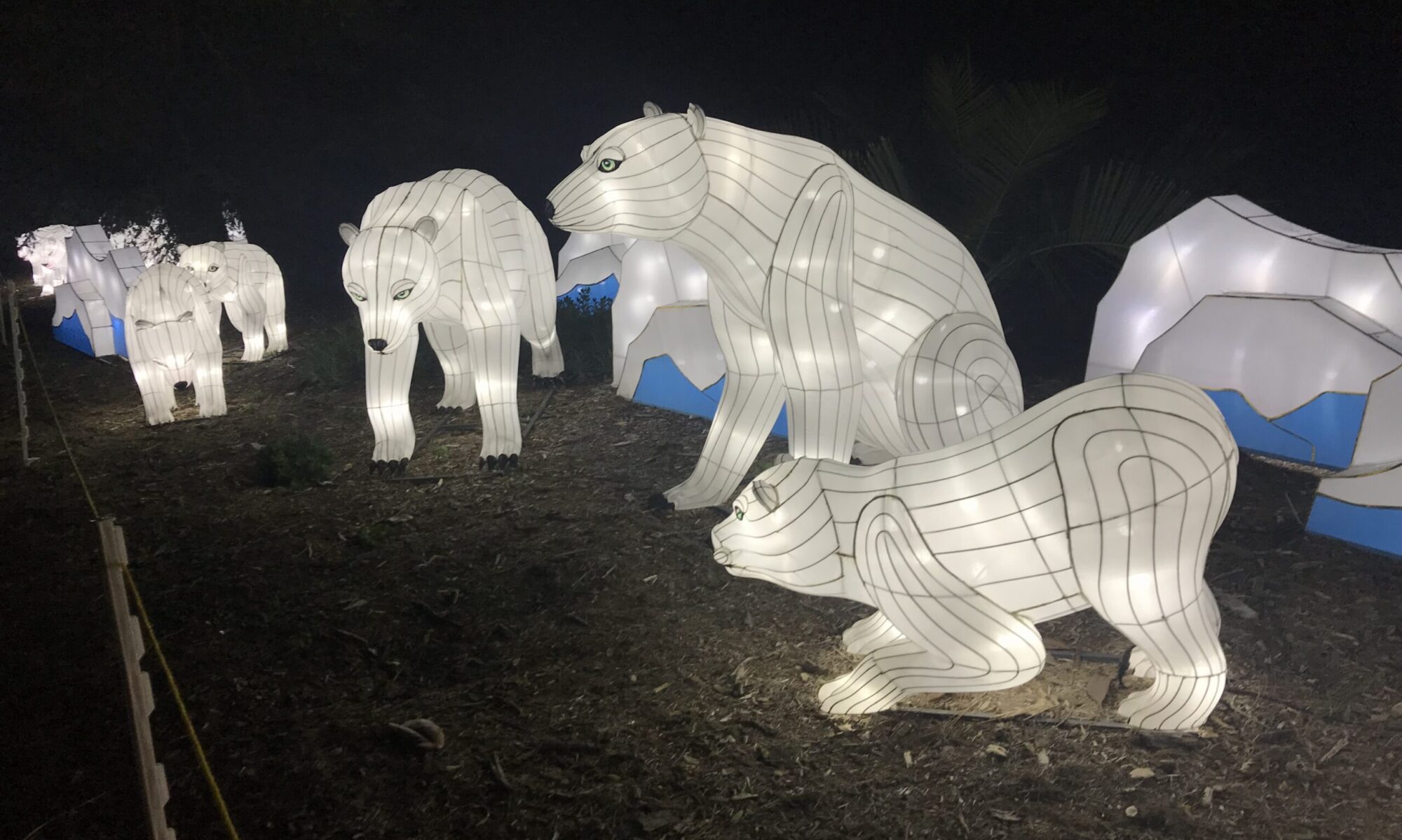
Located in the middle of California’s Owens Valley is one of the country’s most somber reminders of World War II. Sitting on the valley floor, the Sierra Nevada Mountains tower in the background, blasting the area with icy cold wind in winter while summer brings scorching heat and clouds of dust. Manzanar National Historic Site stands in this plain, a stark reminder of the dark days of WWII. Trembling in the wake of Pearl Harbor, the US Government created camps in remote locations, rounded up Japanese Americans living around the country, and tore them away from their lives. Over 10,000 ended up at Manzanar.



Long before the first prisoners arrived at the site, in March 1942, Manzanar was home to local villages, living mainly around the streams near the area. Groups of ranchers and miners formally settled in Manzanar in 1910, although they left the town in 1929 after the city of Los Angeles bought the water rights of virtually the entire area.


Today, you can spend a day touring the site either independently or with a Park Ranger. You can learn about life at Manzanar and the struggles of the people who were forced to live among the summer dust storms and frozen winters. Anyone interested in World War II history and our mis-guided response to the attack on Pearl Harbor owes themselves a visit. You’ll be amazed by the strength and perseverance of these people.


